Perfect Blue 1999
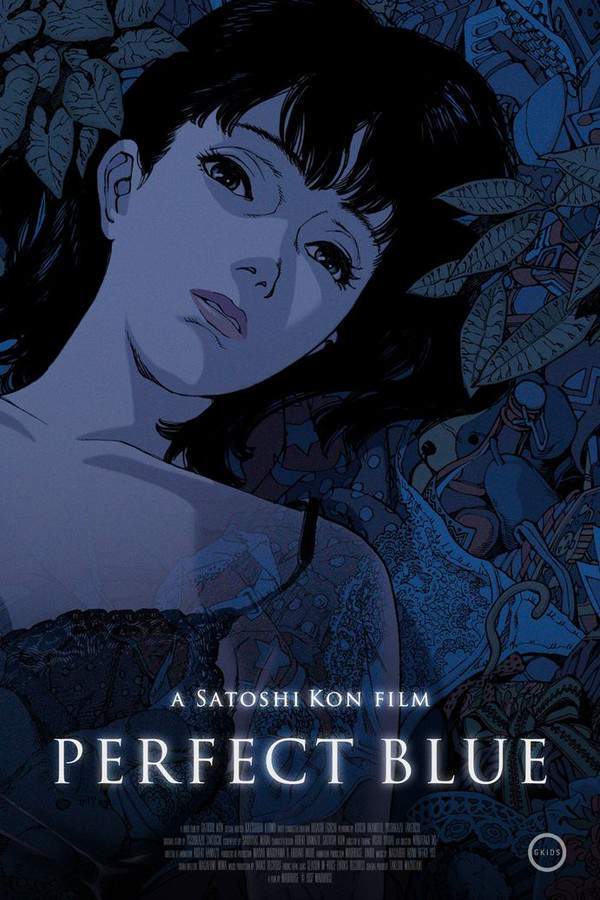
A pop singer, seeking a career change to acting, finds her life spiraling out of control as the lines between her public image and a fictional character she portrays begin to blur. Haunted by an obsessive stalker and struggling to distinguish reality from illusion, she descends into a psychological nightmare where her sense of self is threatened and her grasp on sanity weakens. The unsettling events force her to confront the dark side of fame and the fragility of identity.
Does Perfect Blue have end credit scenes?
No!
Perfect Blue does not have end credit scenes. You can leave when the credits roll.
Meet the Full Cast and Actors of Perfect Blue
Explore the complete cast of Perfect Blue, including both lead and supporting actors. Learn who plays each character, discover their past roles and achievements, and find out what makes this ensemble cast stand out in the world of film and television.
External Links and Streaming Options
Discover where to watch Perfect Blue online, including streaming platforms, rental options, and official sources. Compare reviews, ratings, and in-depth movie information across sites like IMDb, TMDb, Wikipedia or Rotten Tomatoes.
Ratings and Reviews for Perfect Blue
See how Perfect Blue is rated across major platforms like IMDb, Metacritic, and TMDb. Compare audience scores and critic reviews to understand where Perfect Blue stands among top-rated movies in its genre.

67
Metascore
8.5
User Score


84%
TOMATOMETER

89%
User Score

8.0 /10
IMDb Rating

83
%
User Score
Take the Ultimate Perfect Blue Movie Quiz
Challenge your knowledge of Perfect Blue with this fun and interactive movie quiz. Test yourself on key plot points, iconic characters, hidden details, and memorable moments to see how well you really know the film.
Perfect Blue Quiz: Test your knowledge on the psychological thriller 'Perfect Blue' and its intricate narrative of identity, fame, and obsession.
What was Mima Kirigoe's former career before becoming an actress?
Actress
J-pop idol
Model
Voice actress
Show hint
Full Plot Summary and Ending Explained for Perfect Blue
Read the complete plot summary of Perfect Blue, including all major events, twists, and the full ending explained in detail. Explore key characters, themes, hidden meanings, and everything you need to understand the story from beginning to end.
Mima Kirigoe, an aspiring actress and former member of the J-pop idol group CHAM!, makes the bold decision to leave her music career behind. This transition, however, does not sit well with all of her fans, particularly an obsessive admirer named Mamoru Uchida, famously known as Me-Mania, who begins to stalk her after feeling betrayed by her change from a wholesome image. Amidst the chaos, Mima stumbles upon a website titled “Mima’s Room” filled with unsettlingly detailed diary entries that reflect her thoughts and daily life, igniting her anxiety.
As she navigates her new path in acting, she is supported by her manager, Rumi Hidaka, and her agent Tadokoro. Mima confesses her concerns about “Mima’s Room” to Rumi, who advises her to disregard it, urging her to focus on her work instead. Mima’s first significant acting challenge comes with a role in the television drama Double Bind, where she is thrust into a larger and more distressing part that includes a rape scene. Despite Rumi’s strong reservations, Mima chooses to accept the role, which plunges her deeper into mental turmoil.
While filming, Mima experiences disturbing visions of her previous self in her idol attire, claiming to be “the real Mima.” This blurring of reality and performance is exacerbated by her feelings of guilt over leaving her idol group and the constant dread of being stalked, leading her to suffer from severe psychotic episodes. As the project progresses, a series of murders connected to her work unfold, and Mima finds herself at the center of a chilling mystery, unsure of her own innocence when she recalls a night when she believed she murdered a photographer named Murano.
Mima’s struggles culminate in the intense filming of Double Bind, where her character’s dark fate is revealed—having killed and usurped her sister’s identity due to underlying trauma. When an attempt on her life is made by Me-Mania, acting on delusions fueled by “the real Mima,” she retaliates, knocking him out with a hammer. Moments of shocking clarity bring her to confront the horrifying truth surrounding the identity crisis she faces.
After the harrowing incident, she is rescued by Rumi, who leads her to a room mimicking Mima’s own, revealing that she orchestrated “Mima’s Room” and the associated murders, driven by a warped desire to reclaim her idol’s perfection. The two engage in a frantic confrontation, where Mima accidentally incapacitates Rumi, who is left overwhelmed by her delusions. Just as Rumi threatens her future, Mima saves her from an oncoming truck, a moment that brings an end to her nightmarish visions.
With time passing, Mima has risen to fame as an accomplished actress and decides to visit Rumi in a mental institution. During this visit, Rumi’s doctor reveals that she is trapped inside her own world, still believing she is a pop idol. Mima reflects on the growth she has experienced due to their tumultuous relationship. However, as she exits, she overhears nurses questioning whether she could be a mere lookalike of the “real” Mima Kirigoe. Mima, revitalized and confident, smiles at her reflection in the car mirror, affirming her identity with the declaration, > “No, I’m the real Mima Kirigoe.”
Uncover the Details: Timeline, Characters, Themes, and Beyond!

Coming soon on iOS and Android
The Plot Explained Mobile App
From blockbusters to hidden gems — dive into movie stories anytime, anywhere. Save your favorites, discover plots faster, and never miss a twist again.
Sign up to be the first to know when we launch. Your email stays private — always.
Watch Trailers, Clips & Behind-the-Scenes for Perfect Blue
Watch official trailers, exclusive clips, cast interviews, and behind-the-scenes footage from Perfect Blue. Dive deeper into the making of the film, its standout moments, and key production insights.
Cars Featured in Perfect Blue
Explore all cars featured in Perfect Blue, including their makes, models, scenes they appear in, and their significance to the plot. A must-read for car enthusiasts and movie buffs alike.
Perfect Blue Themes and Keywords
Discover the central themes, ideas, and keywords that define the movie’s story, tone, and message. Analyze the film’s deeper meanings, genre influences, and recurring concepts.
Perfect Blue Other Names and Titles
Explore the various alternative titles, translations, and other names used for Perfect Blue across different regions and languages. Understand how the film is marketed and recognized worldwide.
Articles, Reviews & Explainers About Perfect Blue
Stay updated on Perfect Blue with in-depth articles, critical reviews, and ending explainers. Explore hidden meanings, major themes, and expert insights into the film’s story and impact.
Similar Movies To Perfect Blue You Should Know About
Browse a curated list of movies similar in genre, tone, characters, or story structure. Discover new titles like the one you're watching, perfect for fans of related plots, vibes, or cinematic styles.
Quick Links: Summary, Cast, Ratings, More

What's After the Movie?
Not sure whether to stay after the credits? Find out!
Explore Our Movie Platform
New Movie Releases (2026)
Famous Movie Actors
Top Film Production Studios
Movie Plot Summaries & Endings
Major Movie Awards & Winners
Best Concert Films & Music Documentaries
Movie Collections and Curated Lists
© 2026 What's After the Movie. All rights reserved.

















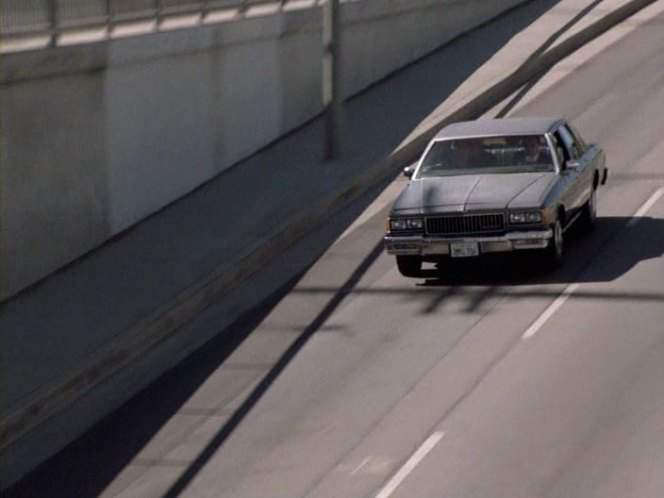
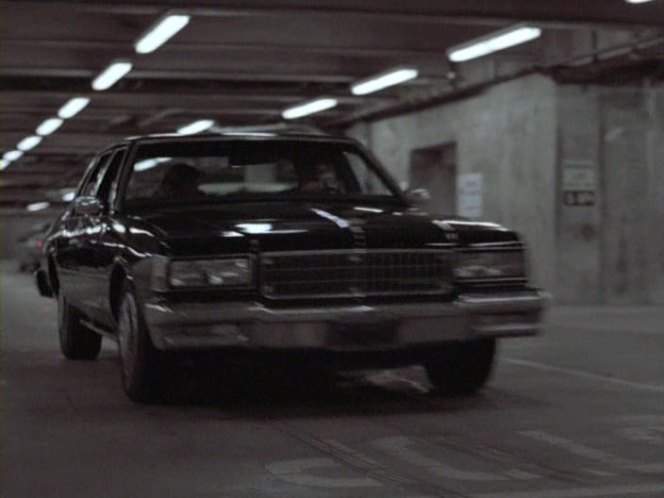

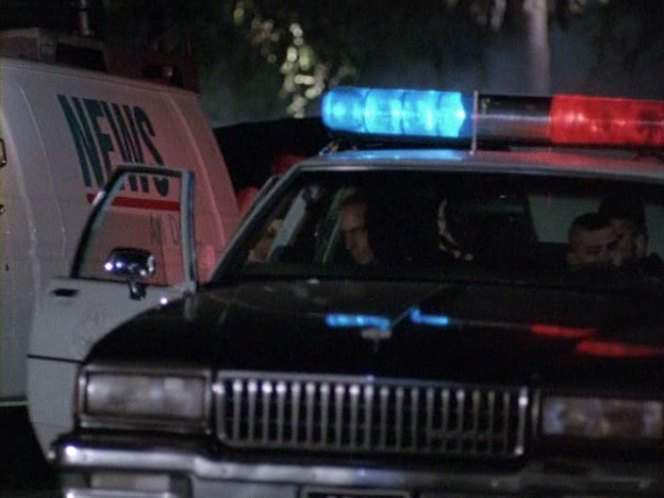
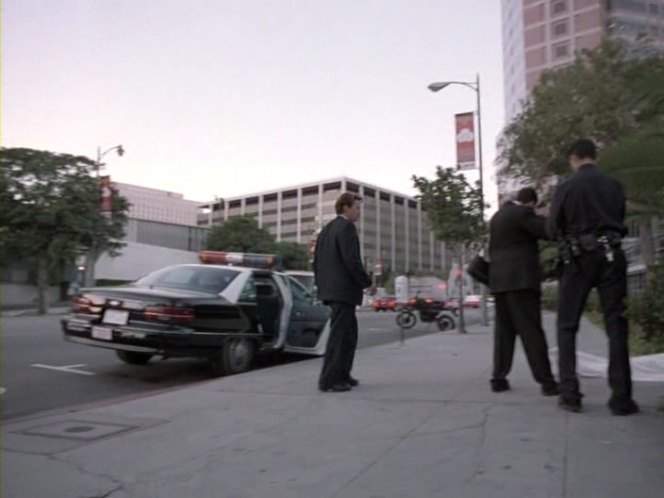


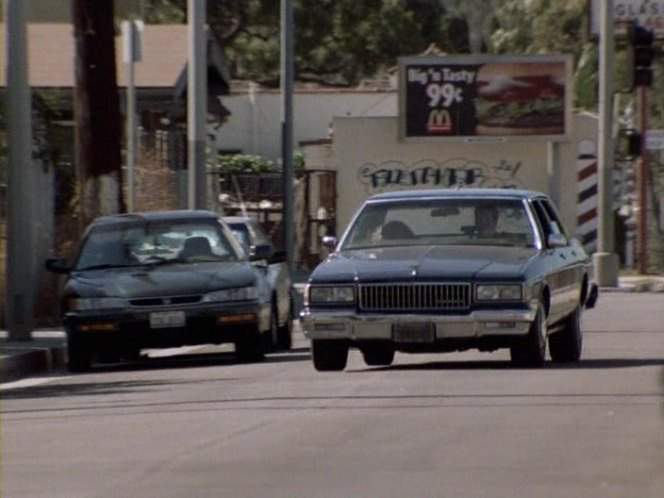


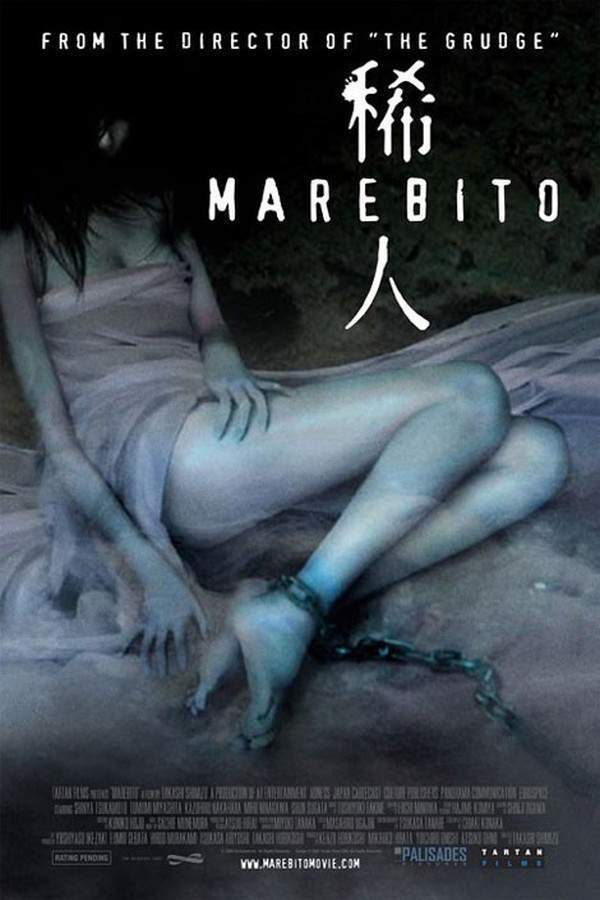






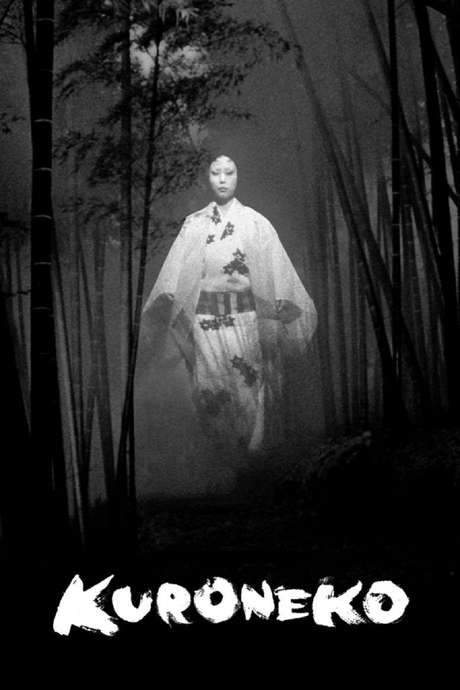



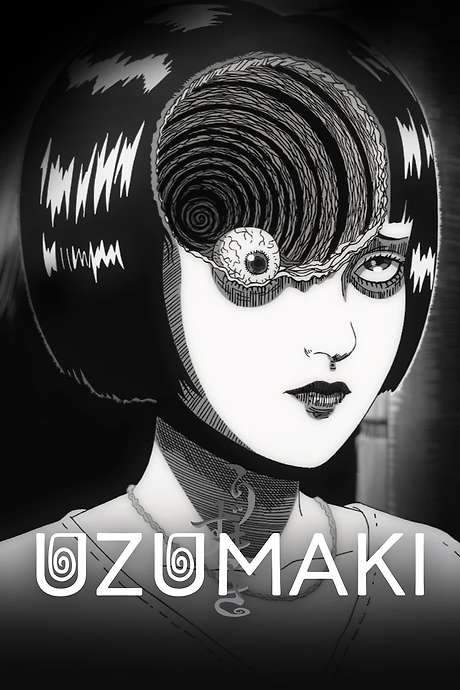
-Tôchô-Ripôto: Chiwa-5hGFe1tQq7AKzA.jpg)




